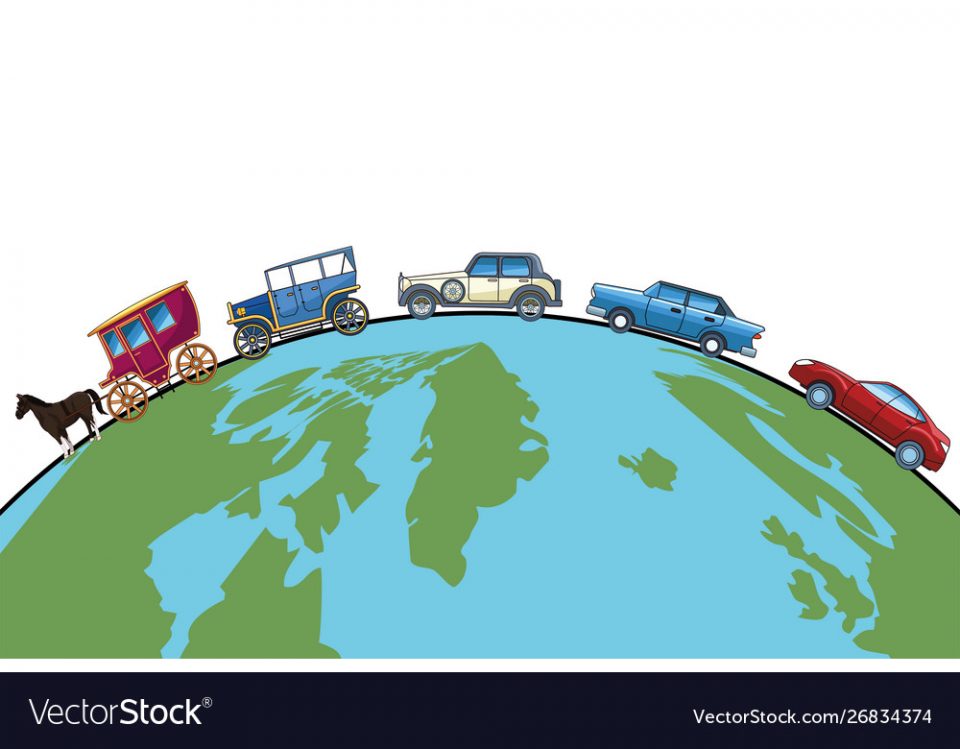Evolution of transport
Travelling is always the best thing in any individual’s life. Even if you travel long distances or short, you will always find something for fun. But to travel you need some kind of transportation for that. Transport can be any type of car, bike, plane, ship, or anything. These transports are the best way to travel from one place to another.
These transportation objects also have their history. They evolved from nothing to everything.
The historical backdrop of transport is to a great extent one of mechanical development. Advances in innovation have permitted individuals to travel farther, investigate more areas, and extend their impact over bigger and bigger regions. Indeed, even on antiquated occasions, new instruments, for example, foot covers, skis, and snowshoes protracted the distances that could be voyaged. As new developments and revelations were applied to move issues, travel time diminished while the capacity to move more and bigger burdens expanded. Advancement proceeds as transport analysts are attempting to discover better approaches to decrease expenses and increment transport productivity.
The worldwide exchange was the driving helper behind progressions in worldwide transportation in the pre-Modern world. “…there was a solitary worldwide world economy with an overall division of work and multilateral exchange from 1500 onward.” The deal and transportation of Textile, silver, and gold, flavors, slaves, and extravagance merchandise all through Afro-Eurasia and later the New World would see an advancement in overland and ocean shipping lanes and travel.
The principal tracks were made by people conveying products and frequently followed trails. Tracks would be normally made at points of high traffic thickness. As creatures we’re tamed, ponies, bulls, and jackasses turned into a component in track creation. With the development of exchange, tracks were frequently leveled or augmented to oblige creature traffic (empty way or drover’s street). Afterward, the travois, a casing used to drag loads, was created. Creature-drawn wheeled vehicles were presumably evolved in the Ancient Near East in the fourth or fifth thousand years BC and spread to Europe and India in the fourth thousand years BC and China in around 1200 BC. The Romans had a huge requirement for great streets to expand and keep up with their domain and created Roman streets.
In the Industrial Revolution, John Loudon McAdam (1756–1836) planned the primary current parkways, utilizing cheap clearing material of soil and stone total (macadam), and the embanked streets a couple of feet higher than the encompassing territory to make water channel away from the surface.
With the advancement of engine transport, beginning in 1886 in Germany and in the U.S. in 1908 with the creation of Ford’s first Model T, there was an expanded requirement for hard-bested streets to lessen wash aways, impeding and dust on both metropolitan and country streets, initially utilizing cobblestones and wooden clearing in significant western urban communities and in the mid-twentieth-century tar-bound macadam (landing area) and substantial clearing. In 1902, Nottingham’s Radcliffe Road turned into the primary landing area street on the planet.

